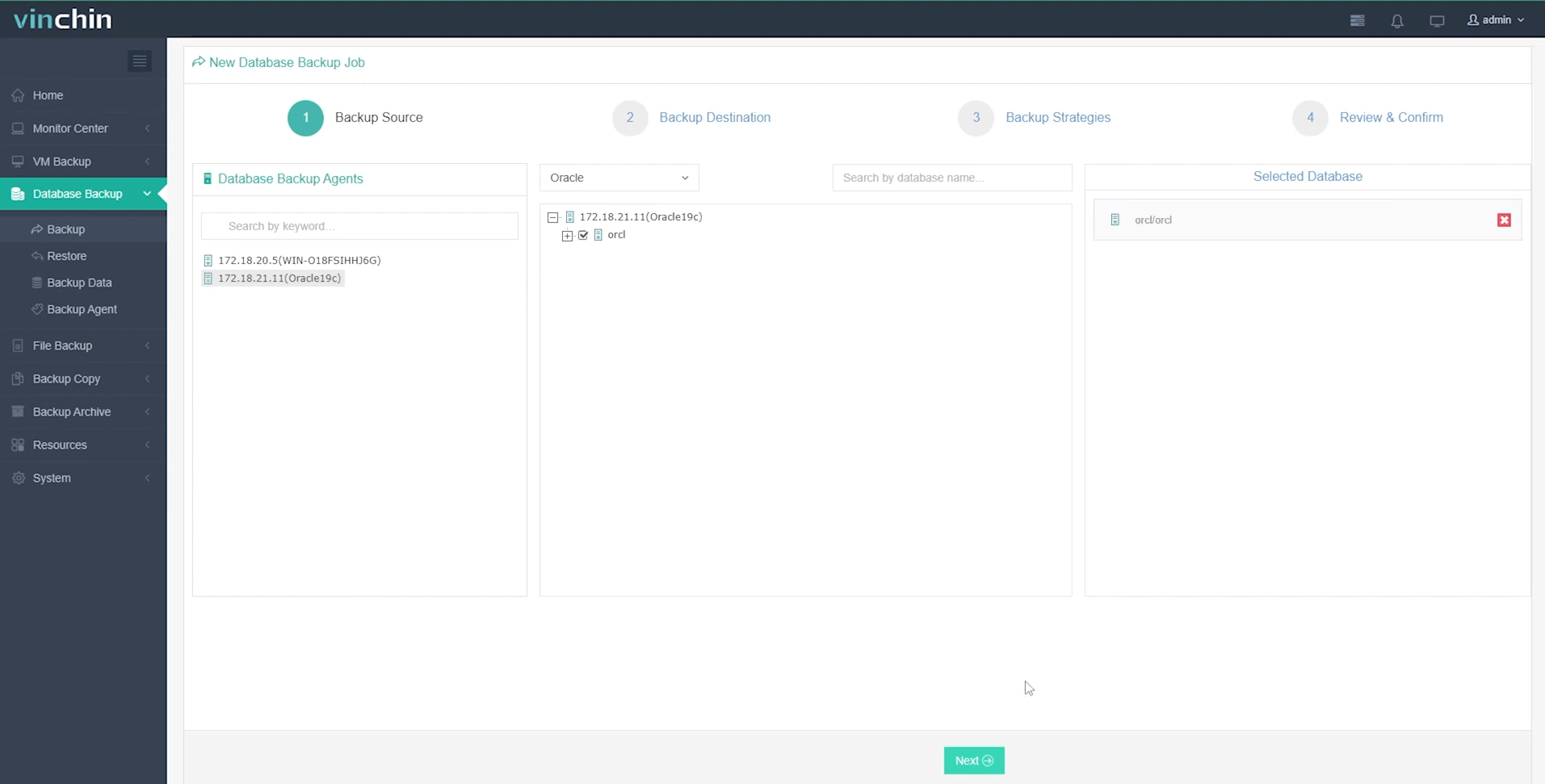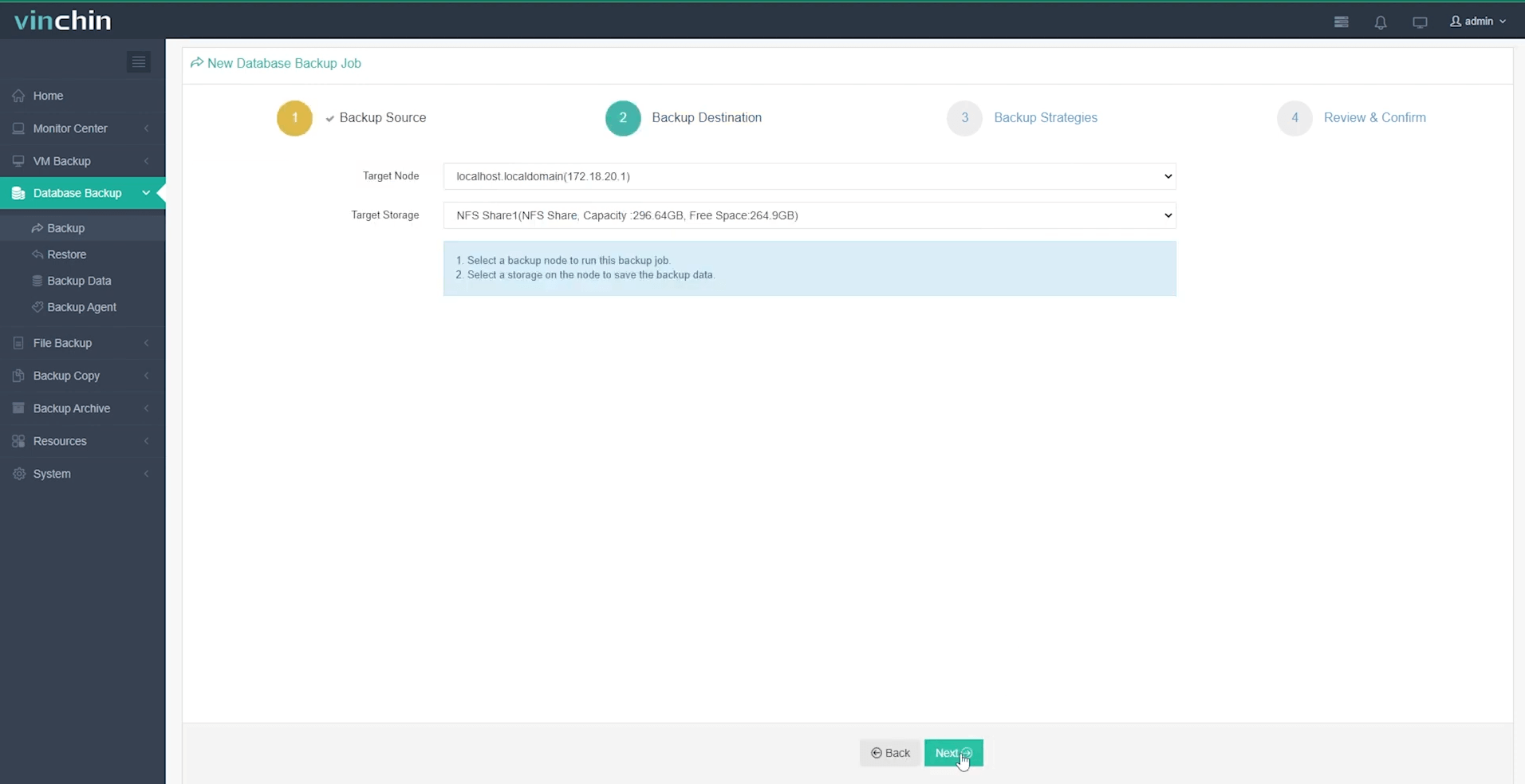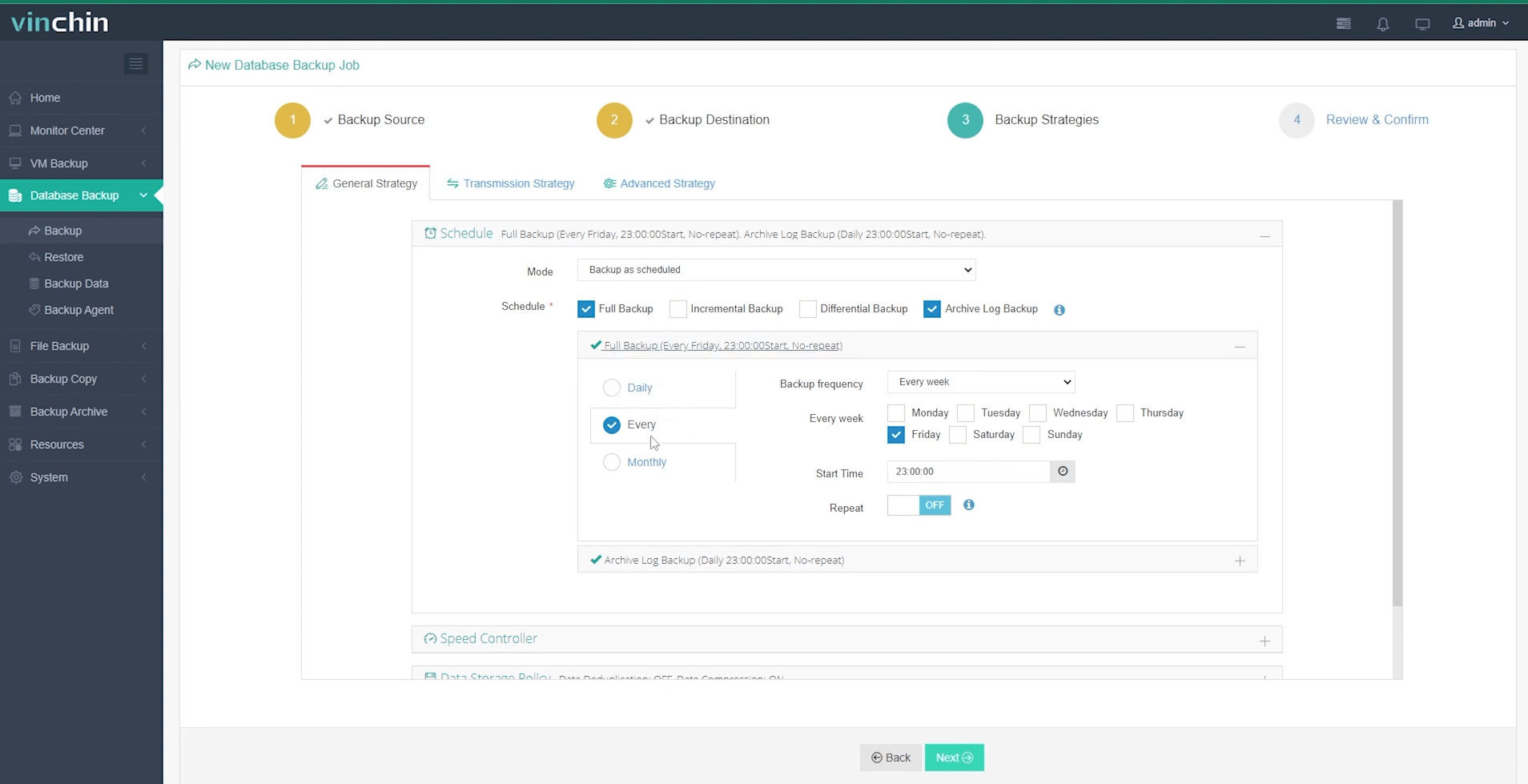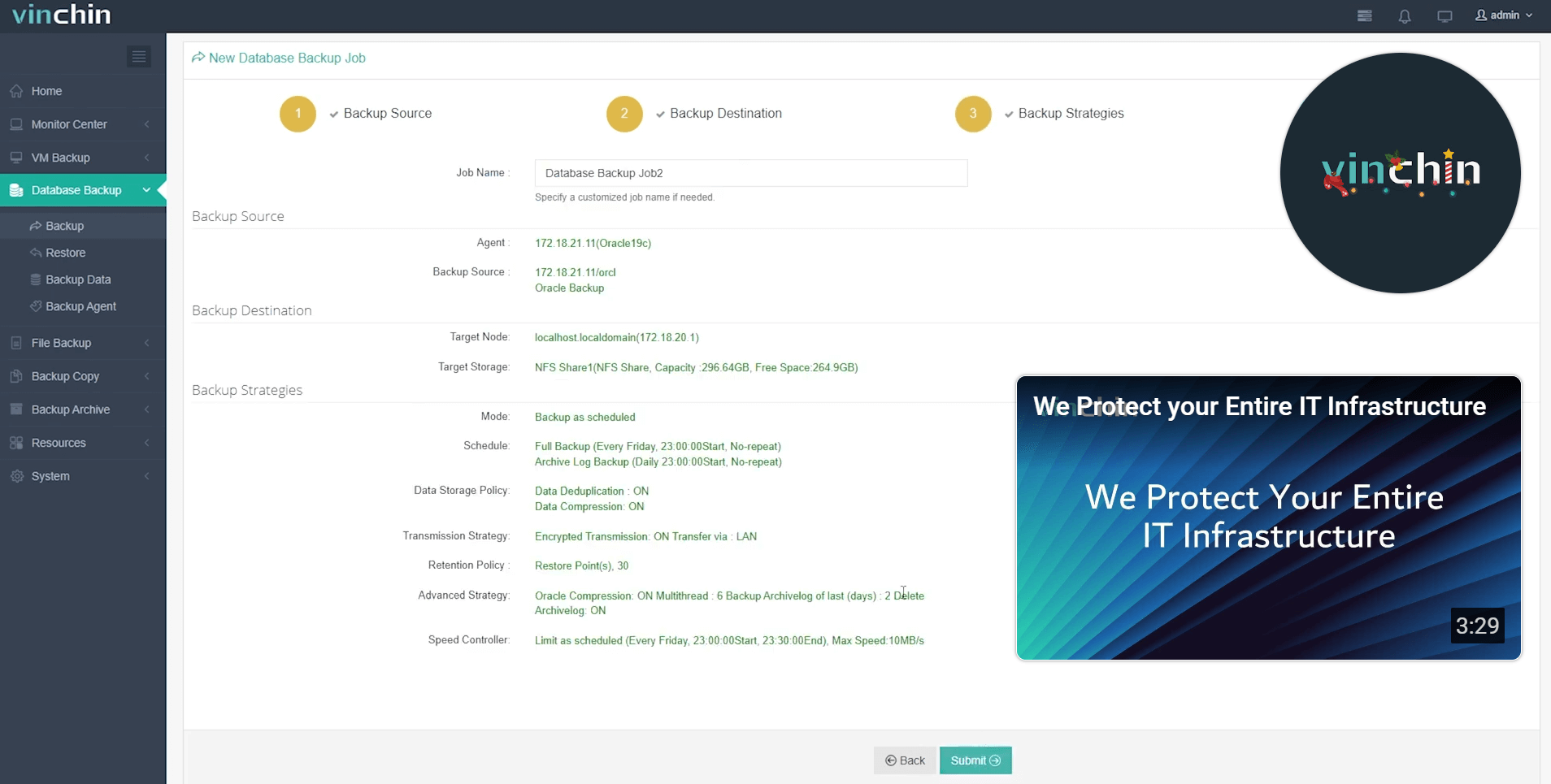-
What Is an Archivelog?
-
Why Backup Archivelog Is Important?
-
How to Backup Archivelog Manually?
-
How To Backup Archivelog Using RMAN?
-
Vinchin Backup & Recovery for Oracle Database Protection
-
Backup Archivelog FAQs
-
Conclusion
Every Oracle database administrator knows that data loss can happen at any time—hardware failure, human error, or even natural disasters can strike without warning. Backing up archivelogs is one of the most important defenses you have against these risks. Without proper archivelog backups, you cannot recover your database to a specific point in time after a crash or mistake. In this guide, we’ll explain what archivelogs are and why their backup matters so much. Then we’ll walk through manual methods, using Oracle RMAN for automation and reliability, and finally how Vinchin makes it even easier.
What Is an Archivelog?
An archivelog is a copy of an Oracle redo log file that has been filled up and saved before reuse. When your database runs in ARCHIVELOG mode—a setting every production system should use—Oracle writes out each redo log to a safe location before overwriting it with new changes. These archived logs capture every transaction made since your last backup.
Why does this matter? If you ever need to restore your database after a failure or mistake—even if it happened just minutes ago—you need both your last full backup and all archivelogs created since then. With them together, you can roll forward to any point in time before disaster struck.
Why Backup Archivelog Is Important?
Backing up archivelogs is not just good practice—it’s essential for protecting business data and meeting recovery objectives (RPO/RTO). If you lose even one necessary archivelog file after taking a backup of your datafiles but before another full backup occurs, you may not be able to recover recent transactions at all.
Regularly backing up these logs also helps manage disk space on your server because once they’re safely backed up elsewhere (and validated), you can delete them from local storage without worry. In short: skipping archivelog backups puts both data integrity and business continuity at risk.
How to Backup Archivelog Manually?
Manual backup gives you direct control over which files get copied—but it requires careful attention to detail at every step.
1). Locating Your Archivelogs
First things first: where does Oracle store its archivelogs? You can find out by connecting as a privileged user (like SYSDBA) in SQL*Plus or another tool:
SHOW PARAMETER log_archive_dest
This command displays one or more paths where archived logs are written on disk.
2). Ensuring Logs Are Ready for Backup
Before copying files manually, make sure all active redo logs have been archived so nothing gets missed mid-transaction. As an extra safety measure during quiet periods—or right before maintenance—issue:
ALTER SYSTEM SWITCH LOGFILE;
This forces Oracle to archive the current redo log immediately so everything is up-to-date.
3). Copying Files Safely
Now copy only those files that have already been archived—not ones still being written! On Linux systems:
cp /u01/app/oracle/archivelog/*.arc /backup/archivelog/
On Windows:
copy D:\oracle\archivelog\*.arc E:\backup\archivelog\
To see which logs are safe to back up (already applied):
SELECT SEQUENCE#, NAME FROM V$ARCHIVED_LOG WHERE APPLIED='YES';
Always double-check that no process is writing to these files while copying them.
4). Validating Your Manual Backup
After copying files over to your chosen destination folder or device:
1. List contents of both source and destination directories.
2. Compare file sizes; they should match exactly.
3. Optionally run checksum tools (md5sum on Linux) for further verification.
4. Keep records of which sequence numbers were backed up each time—Oracle won’t track this automatically when done outside RMAN!
Manual methods work best for small environments or emergencies but require discipline; missing even one file could mean incomplete recovery later on.
How To Backup Archivelog Using RMAN?
Oracle Recovery Manager (RMAN) automates much of what’s tedious about manual backups—and adds tracking plus built-in safeguards against mistakes.
1). Connecting To RMAN And Listing Logs
Start by opening an OS terminal window:
rman target /
Once connected:
LIST ARCHIVELOG ALL;
This shows every known archived log according to the control file—a handy way to check what’s available before starting any operation.
2). Backing Up All Archivelogs Automatically
To back up every available archivelog:
BACKUP ARCHIVELOG ALL;
If you want only those never backed up yet:
BACKUP ARCHIVELOG ALL NOT BACKED UP 1 TIMES;
This avoids creating duplicate copies unnecessarily—a smart move if storage space matters!
Want RMAN to clean up old logs after backing them up?
BACKUP ARCHIVELOG ALL DELETE INPUT;
But always confirm successful completion before letting RMAN delete anything critical!
3). Automating Regular Backups With Scripts Or Schedulers
For ongoing protection without manual intervention:
Write a shell script containing
rman target / <<EOF ... EOFcommands.Schedule it with
cronon Linux (crontab -e) or Task Scheduler on Windows.Example cron entry for hourly backups:
0 /home/oracle/scripts/rman_arch_backup.sh
Make sure scripts handle errors gracefully—log output somewhere easy to review!
4). Advanced Filtering By Time Or Sequence Number
Need finer control? Try filtering by date/time window:
BACKUP ARCHIVELOG FROM TIME 'SYSDATE-1/12';
Or by sequence range:
BACKUP ARCHIVELOG FROM SEQUENCE 100 UNTIL SEQUENCE 120;
These options help tailor retention policies based on business needs or compliance rules.
Vinchin Backup & Recovery for Oracle Database Protection
For organizations seeking streamlined enterprise-level protection beyond native tools, Vinchin Backup & Recovery delivers robust support for Oracle databases—including comprehensive management of archivelogs alongside other mainstream platforms like MySQL, SQL Server, MariaDB, PostgreSQL, PostgresPro, and MongoDB. This solution offers features such as advanced source-side compression, incremental backup capabilities tailored specifically for Oracle environments, batch database backup operations, flexible retention policies including GFS strategies, and ransomware protection—all designed with efficiency and reliability in mind while minimizing resource consumption and administrative effort.
The intuitive web console makes safeguarding your Oracle environment simple:
Step 1. Select the Oracle database to back up;

Step 2. Choose the desired backup storage;

Step 3. Define scheduling and strategy options;

Step 4. Submit the job with just a few clicks—no steep learning curve required.

Recognized globally with top ratings from thousands of enterprise customers worldwide, Vinchin Backup & Recovery offers a fully featured free trial valid for 60 days—click below to experience effortless enterprise-grade data protection firsthand.
Backup Archivelog FAQs
Q1: How do I know if my scheduled script missed some recent archivelogs?
A1: Query V$ARCHIVED_LOG comparing timestamps against last successful backup job completion time for gaps in coverage.
Q2: What should I do if my archive destination fills up unexpectedly?
A2: Immediately free space by moving/deleting previously backed-up logs from local disk after confirming their presence elsewhere; increase destination size if needed long-term.
Q3: Can I validate my archived log backups without performing a full restore?
A3: Yes—use RMAN RESTORE VALIDATE command targeting specific archive sequences/files as needed.
Conclusion
Archiving—and reliably backing up—your Oracle redo logs protects vital business information from unexpected loss events large or small. Manual methods work but require discipline. RMAN brings automation plus tracking. Vinchin makes reliable enterprise-grade protection simple. Don’t leave recovery chances untested; safeguard every transaction today!
Share on:







